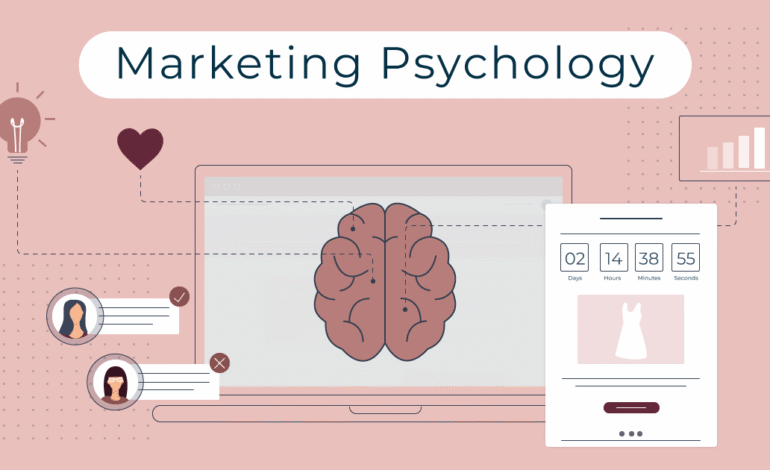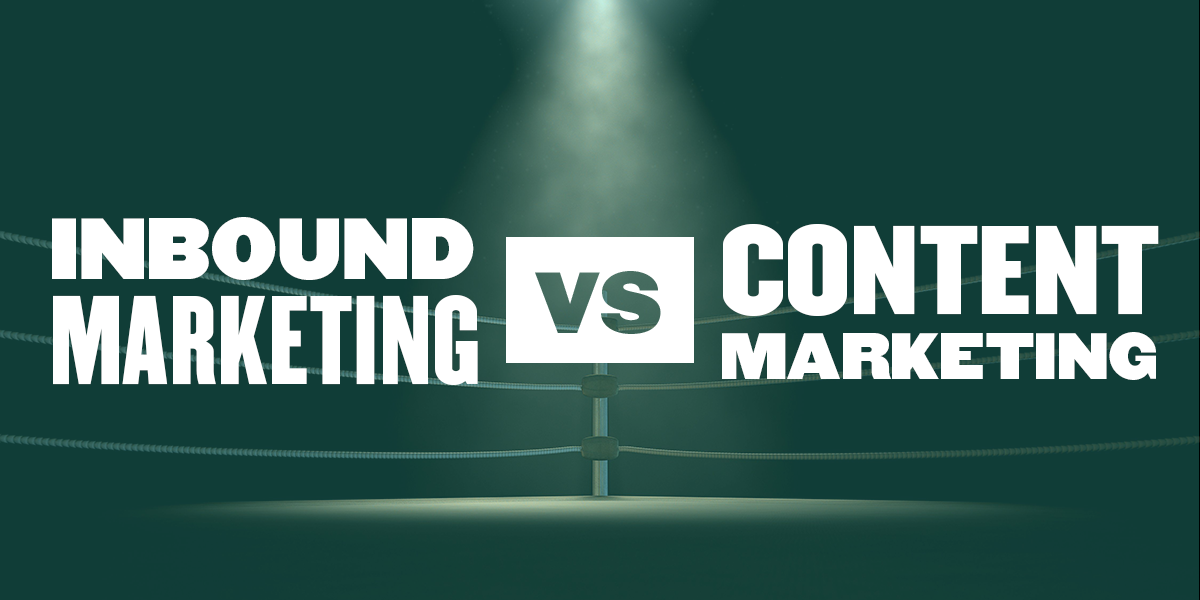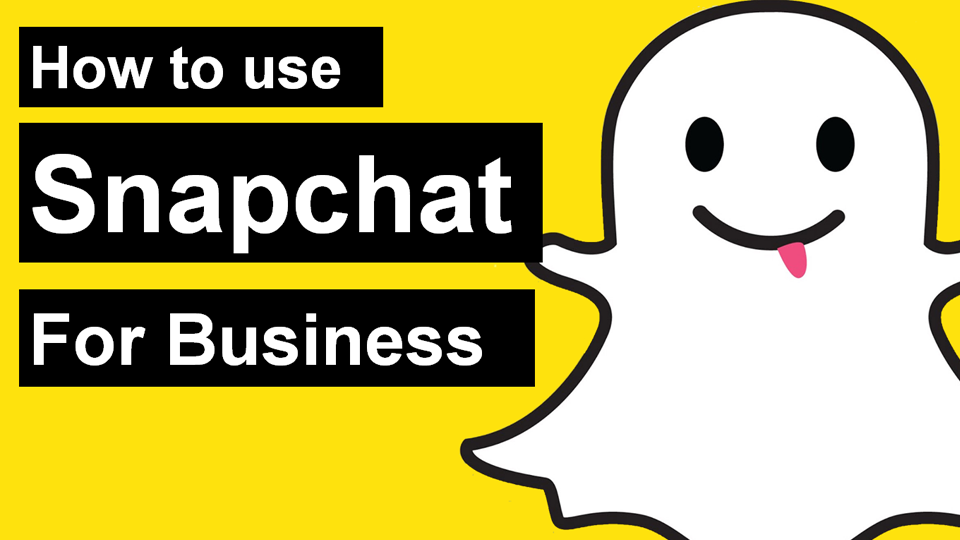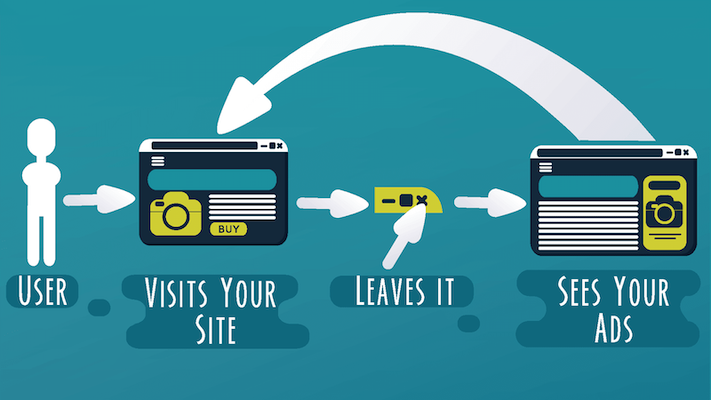Inbound Marketing vs. Content Marketing
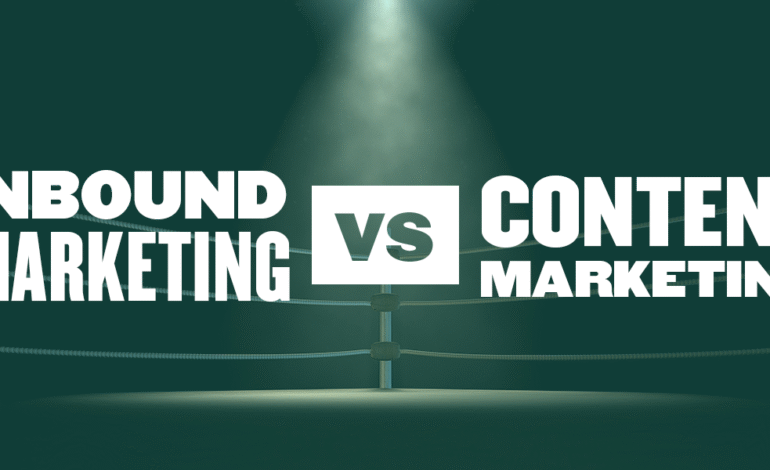
There’s a lot of confusion between these two concepts, and perhaps it’s not so strange if we consider them to be closely related. But if we want to effectively plan and execute our strategies, we have to cross the i’s and be very clear about what’s what. So without further ado, let’s take a look at what exactly content marketing and inbound marketing are, how they’re similar, and how they’re different.
What are content marketing and inbound marketing?
According to Joe Pulizzi’s definition, content marketing is “a marketing technique for creating and distributing relevant and valuable content to attract, acquire, and retain the attention of a well-defined target audience, to drive them to be future customers”. With content marketing, we’re choosing to bring free value to users in hopes of recouping that investment in the long run.
Modern content marketing has its origins in the late 19th and early 20th centuries, when brands began publishing corporate magazines with advice for their customers. Examples include the Michelin Guides, which helped customers maintain their cars and find accommodations while traveling, or the recipe books of Jell-O, an American gelatin brand.
As for inbound marketing, it is a marketing methodology that is based on attracting customers and convincing them to come to us, instead of “invading” them with messages as in traditional marketing or marketing. Outbound Marketing. We can define inbound as a method based on seducing and attracting our ideal customers, accompanying them all the way from the moment they hear about our brand for the first time until they become unconditional fans of it. Its keys are to drive traffic to the brand’s sites, make visitors convert to Leads or qualified contacts, and automate the processes so that these leads end up becoming customers.
The origins of inbound marketing as we know it today are much more modern, as the concept did not emerge until 2006. It was first mentioned by Brian Halligan and Dharmesh Shah, the founders of the famous marketing solution HubSpot.
Inbound marketing and content marketing: similarities and differences
The relationship between inbound marketing and content marketing is that content marketing is one of the tools that inbound uses to attract traffic, but not the only one. By creating and publishing content in different formats in a structured way (content marketing), we manage to attract visitors to the page that we will try to convert into leads and then into customers (inbound marketing).
As for their differences, we are going to specify some key points:
- It is possible to do content marketing within an outbound paradigm; that is, you can do content marketing without doing inbound marketing. For example, this is the case of the famous magazines of the nineteenth century that I commented on before, or the Newsletters that are sent as part of a massive campaign and not a marketing strategy. Lead nurturing.
- In the same way, inbound marketing doesn’t necessarily have to include content marketing among its strategies. It is true that it is one of the most common tools to attract traffic, and that at least all brands should have a complete website that is useful for current and potential customers. But content marketing is not 100% essential to create an inbound strategy.
- Content marketing alone can’t engage customers. Publishing quality content serves to attract traffic to the brand’s website or blog and can help us achieve virality and engagement on social networks, but by itself, it will not automatically transform the people who consume the content into customers.
- Inbound marketing takes care of the entire process, from the initial attraction to the final conversion to purchase. Content marketing can help in the first stage, i.e., when it comes to attracting traffic to the brand’s channels (usually the website). Here, we will apply a series of lead generation strategies aimed at getting the user to leave us their data and become a lead. Then, lead scoring comes into play (in which we assign a value to the lead based on the information we have about them) and lead nurturing (the process by which we send a series of communications to the lead to guide them in the direction of the purchase). Finally, once the contact has become a customer, our inbound strategy can include a series of actions aimed at building customer loyalty.
- Inbound marketing employs more techniques to drive traffic, not just content marketing. Among them are the SEO (techniques to improve organic search engine rankings and appear when users perform related searches), pay-per-click or PPC advertising (in which the customer only pays when the user visits your landing page), and Email Marketing (which is not only useful for the acquisition of original traffic, but also for the subsequent phases of lead nurturing).
- Content marketing and inbound marketing require different skills. For content marketers, writing, photography, and video editing are essential, so more creative profiles are often sought. On the other hand, inbound requires professionals with a more technical profile, since advanced knowledge of programming, analytics, and marketing automation is necessary to carry out a complete strategy.

